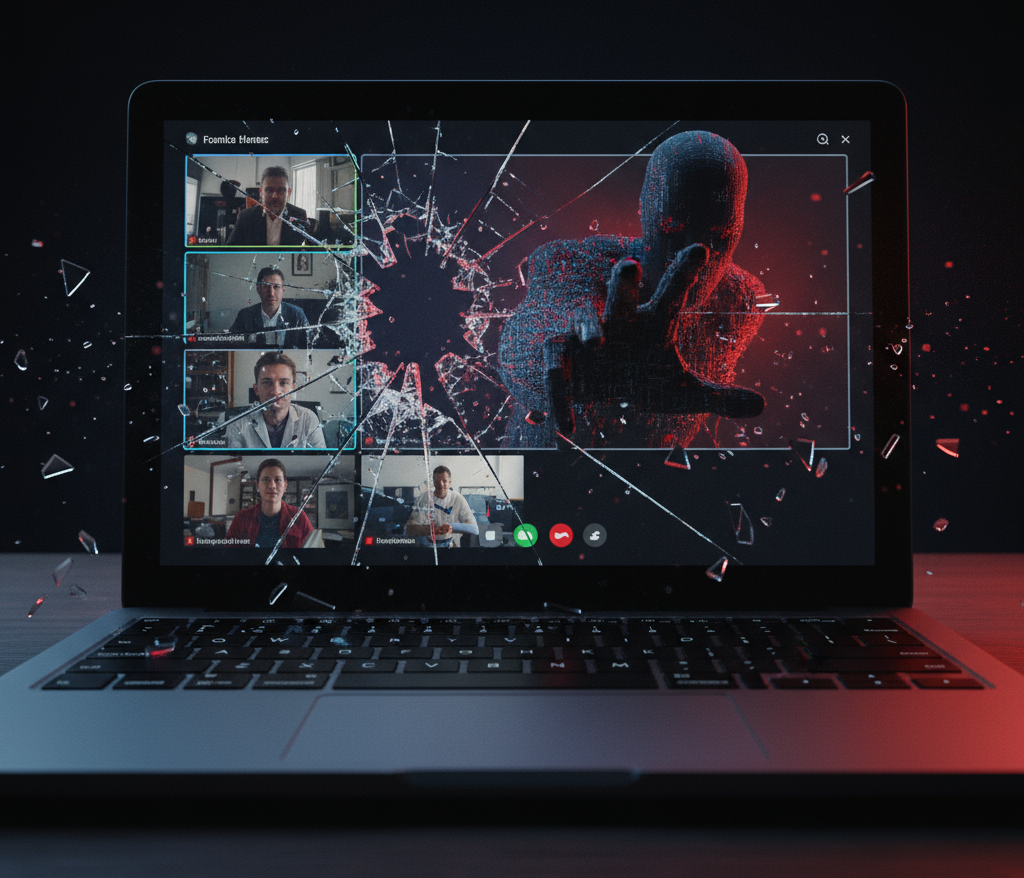Ludwigshafen detected unusual activity across municipal systems and immediately pulled core IT offline to prevent spread. Consequently, officials isolated networks, paused nonessential digital services, and engaged external forensics while coordinating with authorities. Therefore, residents experience slower responses and limited online availability; however, essential in-person services continue with contingency workflows. Notably, investigators analyze logs and artifacts to determine scope, exposure, and safe restoration paths.
𝗧𝗶𝗺𝗲𝗹𝗶𝗻𝗲 𝗮𝗻𝗱 𝗦𝗰𝗼𝗽𝗲: From Detection to Controlled Shutdown
Teams saw anomalous network behavior and activated incident procedures. Next, administrators disabled key systems to reduce blast radius and to preserve evidence. Meanwhile, a crisis unit coordinates investigations, public updates, and operational continuity. Importantly, officials state that analysts have not confirmed data theft; nevertheless, responders treat the event as a potential ransomware-class incident until evidence rules it out. Consequently, restoration follows a phased plan tied to verification milestones, not calendar dates.
𝗜𝗺𝗽𝗮𝗰𝘁 𝗼𝗻 𝗦𝗲𝗿𝘃𝗶𝗰𝗲𝘀, What Residents Can Expect
City websites and some digital portals remain unavailable during containment. However, appointment-based services continue with manual processing, and critical operations sanitation, registry offices, burial services operate under contingency plans. Therefore, residents should rely on posted advisories for contact options and expect slower turnaround while systems remain segmented and scanned. Moreover, departments accept submissions and process them once systems pass integrity checks.
𝐏𝐨𝐭𝐞𝐧𝐭𝐢𝐚𝐥 𝐕𝐞𝐜𝐭𝐨𝐫𝐬: Tight Framing Without Speculation
Municipal environments face recurring threats: 𝐫𝐚𝐧𝐬𝐨𝐦𝐰𝐚𝐫𝐞 operators, 𝐨𝐱𝐢𝐝𝐢𝐳𝐞𝐝 remote services, 𝐜𝐫𝐞𝐝𝐞𝐧𝐭𝐢𝐚𝐥 abuse, and 𝐭𝐡𝐢𝐫𝐝-𝐩𝐚𝐫𝐭𝐲 compromises. Therefore, investigators typically review identity telemetry, remote access logs, and administrative tool usage before they consider attribution. Consequently, Ludwigshafen prioritizes identity hardening and management plane isolation while analysts test hypotheses against evidence instead of assuming a single cause.
𝗗𝗲𝘁𝗲𝗰𝘁𝗶𝗼𝗻: Signals, Sources, and ATT&CK Mapping
Defenders parse firewall, VPN, and reverse proxy logs for abnormal authentication patterns, source geographies, and suspicious URIs. Moreover, endpoint telemetry often reveals unusual child processes spawned by administrative tools or services. Specifically, responders hunt for encryption staging behaviors consistent with 𝗧𝟭𝟰𝟴𝟲 Data Encrypted for Impact, as well as privilege escalation chains and lateral movement through remote management utilities. Therefore, teams correlate sign-ins, privilege changes, service restarts, and configuration edits across time to confirm or rule out destructive intent. Additionally, analysts review scheduled tasks, WMI persistence, and script block logs to trace operator actions.
𝗠𝗶𝘁𝗶𝗴𝗮𝘁𝗶𝗼𝗻 𝗮𝗻𝗱 𝗛𝗮𝗿𝗱𝗲𝗻𝗶𝗻𝗴, Immediate and Durable Moves
Responders revoke active tokens and reset privileged credentials, then restrict management interfaces to admin subnets with MFA and conditional access. Consequently, network teams segment high-value systems and block risky remote protocols at city boundaries. Next, patch owners fast-track security updates for externally reachable services and infrastructure software. In parallel, backup teams validate offline, immutable backups and test bare-metal recovery for critical workloads. Finally, leadership enforces change control on directory, email, and ERP services so only vetted changes occur during recovery.
𝗘𝘅𝗽𝗼𝘀𝘂𝗿𝗲 𝗩𝗮𝗹𝗶𝗱𝗮𝘁𝗶𝗼𝗻: What’s Actually at Risk
Asset owners compile an authoritative inventory and compare build numbers against fixed versions. Meanwhile, external-facing endpoints undergo rescans to confirm closure of exposure paths. Therefore, administrators verify policy baselines on remote access, privileged groups, and service accounts, and they re-enable services only after telemetry shows clean behavior for a defined dwell-time window. Importantly, each reactivation step includes roll-back plans and communication cues for residents.
𝗖𝗶𝘁𝗶𝘇𝗲𝗻 𝗖𝗼𝗺𝗺𝘀 𝗮𝗻𝗱 𝗢𝗽𝗲𝗿𝗮𝘁𝗶𝗼𝗻𝘀, Transparency Without Panic
Officials publish clear updates that explain what works, what pauses, and how residents can proceed. Consequently, staff route urgent requests through phone or in-person alternatives and note expected delays. Moreover, communications clarify that investigators continue to analyze potential exposure and that the city will notify affected individuals if evidence supports that step. Therefore, residents receive practical guidance while responders keep options open until facts solidify.
𝐎𝐩𝐞𝐫𝐚𝐭𝐢𝐨𝐧𝐚𝐥 𝐓𝐚𝐤𝐞𝐚𝐰𝐚𝐲𝐬: What Security Teams Should Do Now
Security teams in other municipalities should run quick checks today: restrict management interfaces, enforce MFA for all admins, validate backups and recovery steps, and review identity logs for anomalous behavior. Moreover, leadership should rehearse ransomware runbooks, designate spokespersons, and confirm legal and data-protection contacts. Consequently, you reduce time-to-contain and avoid compounding harm if an incident unfolds.
𝗙𝗔𝗤𝘀
Q: Should we treat every municipal outage as ransomware until proven otherwise?
A: Treat outages as potentially destructive until evidence contradicts that risk. Therefore, isolate aggressively, preserve evidence, and assume encryption attempts could follow.
Q: How should we communicate when evidence of data theft remains unclear?
A: Communicate uncertainty precisely. Meanwhile, state what teams confirmed, what they continue to test, and what residents can do now.
Q: What restoration order reduces risk?
A: Restore identity and management planes first under strict controls. Next, reintroduce externally facing services only after correlation and integrity checks pass for a defined window.
Q: Which ATT&CK techniques matter most for municipal incidents?
A: Focus on impact (T1486), credential access, lateral movement, and persistence techniques tied to administrative tools and remote management utilities.










